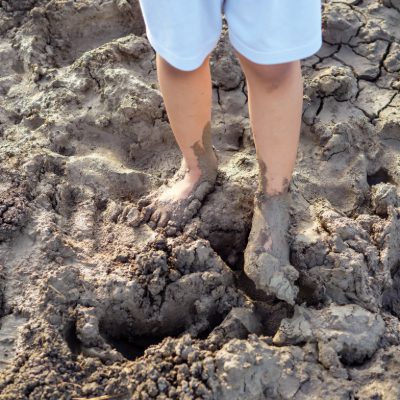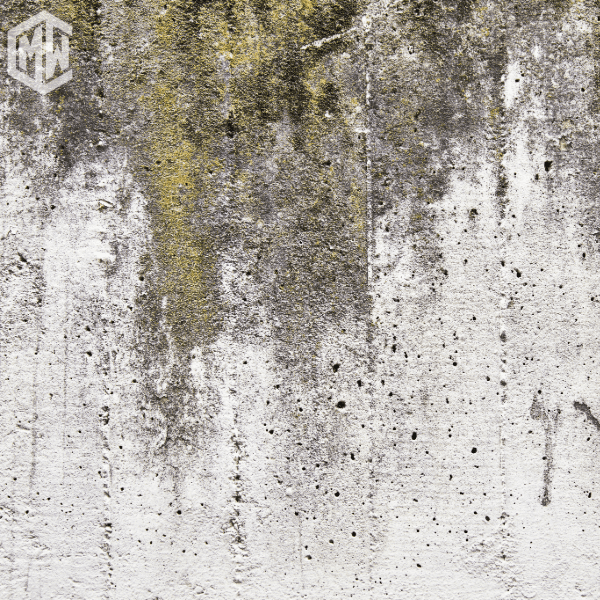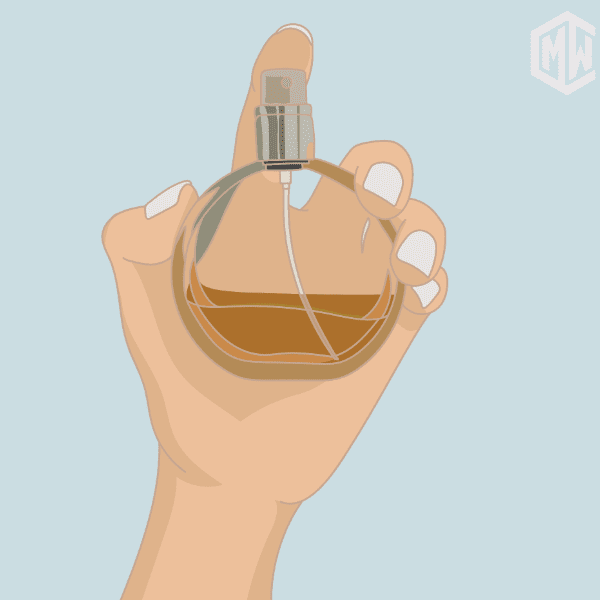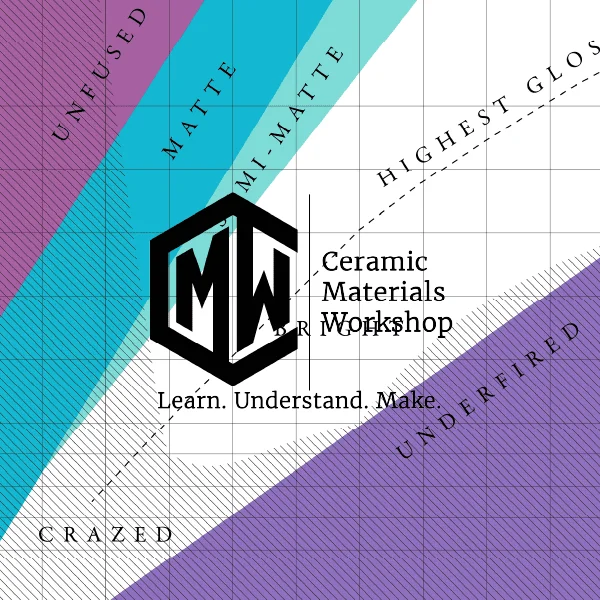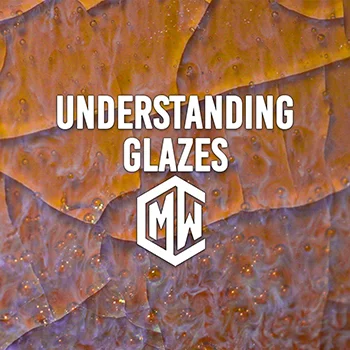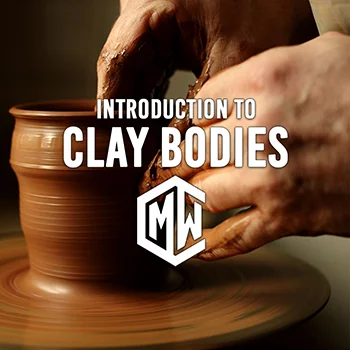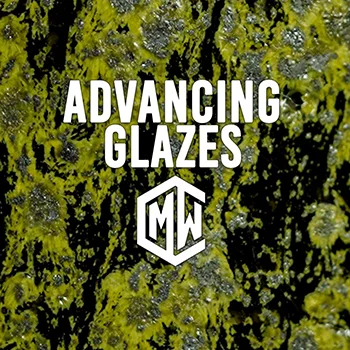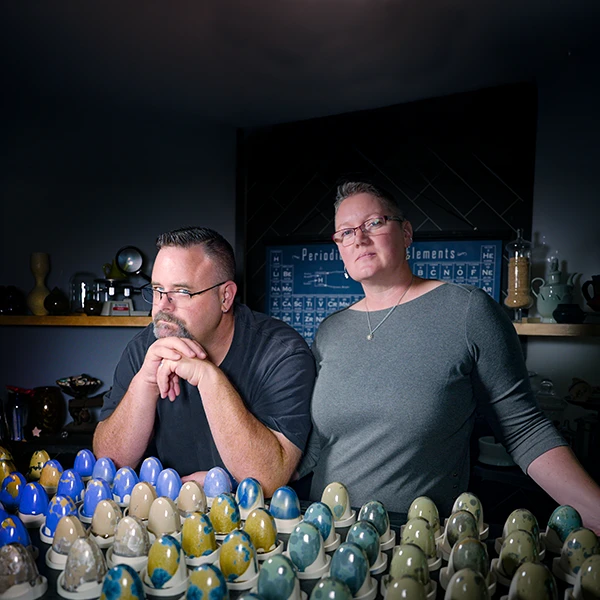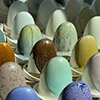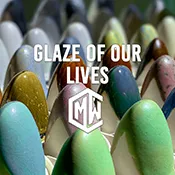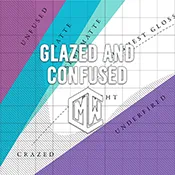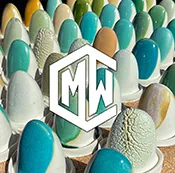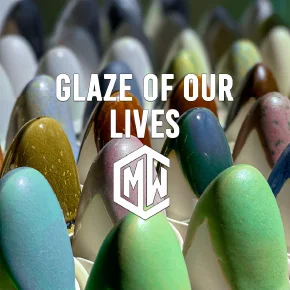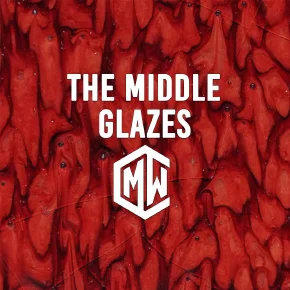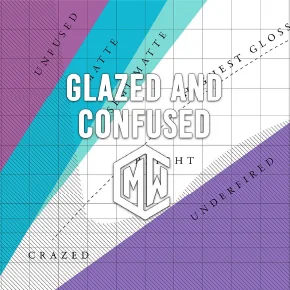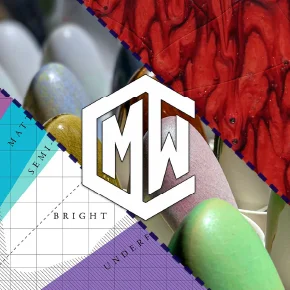But the real transformation happens in the kiln. As kiln temperatures rise, the clay undergoes a process called sintering, where the platelets fuse together, resulting in a strong, lasting ceramic. This is where the chemistry comes in!

Imagine the kiln as a powerful oven, reaching temperatures of cone 06 all the way up to cone 10. Inside, the intense heat causes amazing transformations in the clay and glazes. This process is essential for creating durable and beautiful ceramics. (But… how do I get the best firing out of my kiln?)
Some people theorize that clay even has memory… (Find out more here)
But it doesn’t stop there. By understanding the role of different minerals and oxides, you can control the color, texture, and even the melting point of your clay. Want to create a vibrant turquoise glaze or a rustic speckled finish? It’s all about chemistry!
Curious about your clay’s absorption rate?
Ever wondered what those absorption numbers on your clay bags really mean? Whether you’re a seasoned potter or just starting out, knowing how to interpret these numbers can make a huge difference in your work.
We’re diving deep into the world of clay absorption—a crucial metric that every ceramicist should understand.
Our online ceramics workshops delve into the fascinating interplay of elements, offering a scientific lens through which to view your ceramic creations. We explore:
- The effects of different firing temperatures (like cone 6 temperature vs. cone 10 temperature)
- The secrets of glaze formulation (including how to use a glaze calculator and avoid common glaze problems like glaze crawling or glaze shivering)
- The intricacies of clay body composition (and how to prevent issues like crazing pottery)
Ready to dive deeper?
Loved learning about ceramic glazes? Want to go even deeper? Check out our Workshops & Courses, now available in Spanish, or YouTube Channel where Matt breaks it all down, myth-busting and Stull chart included!

